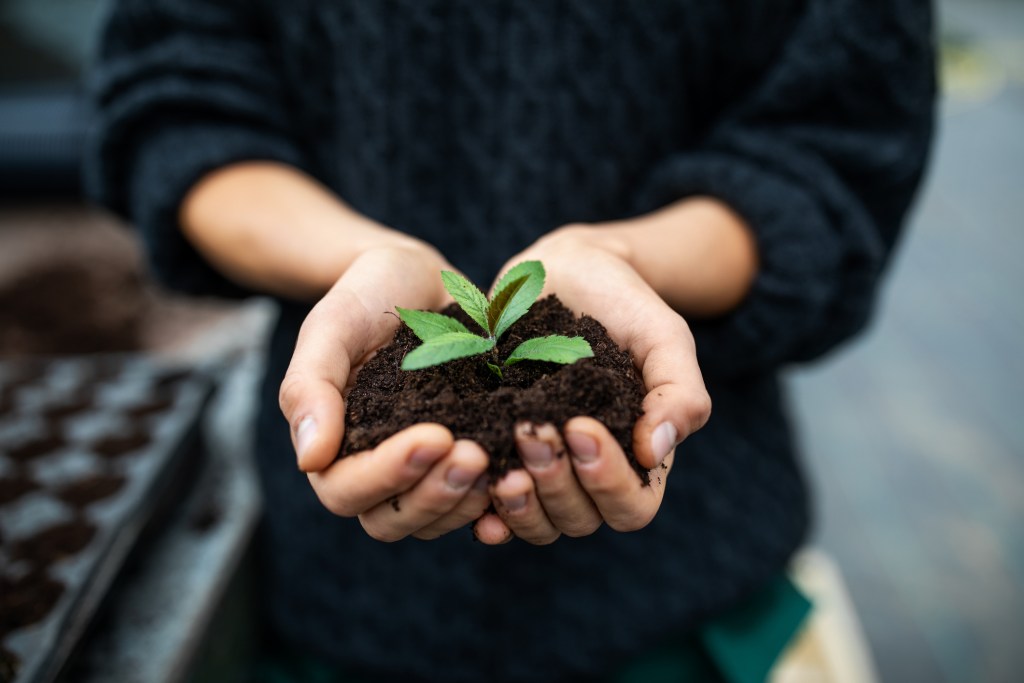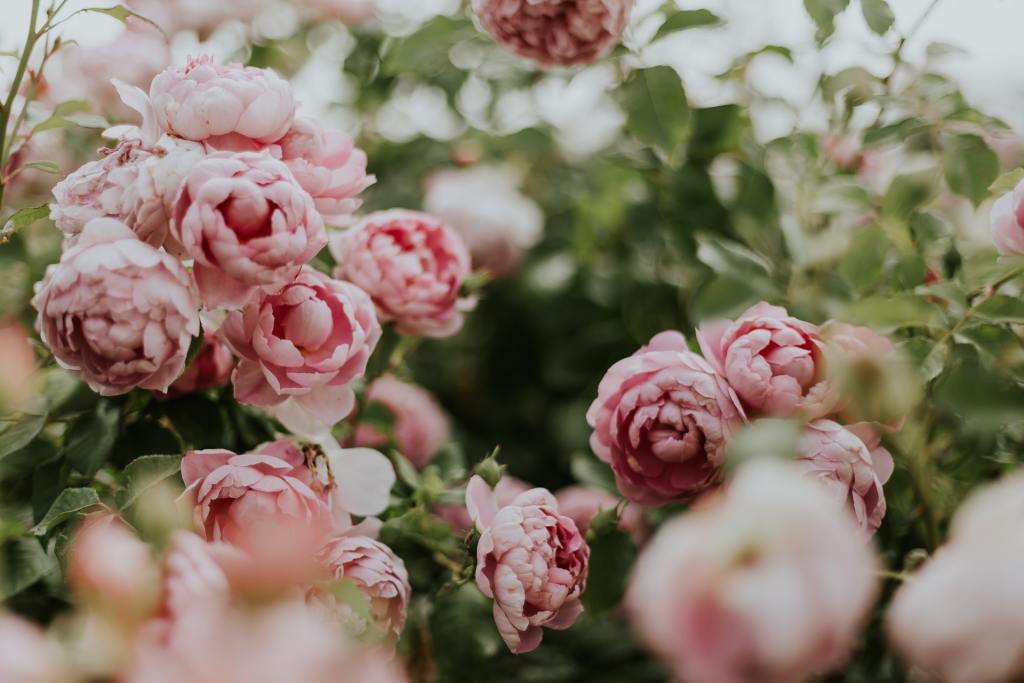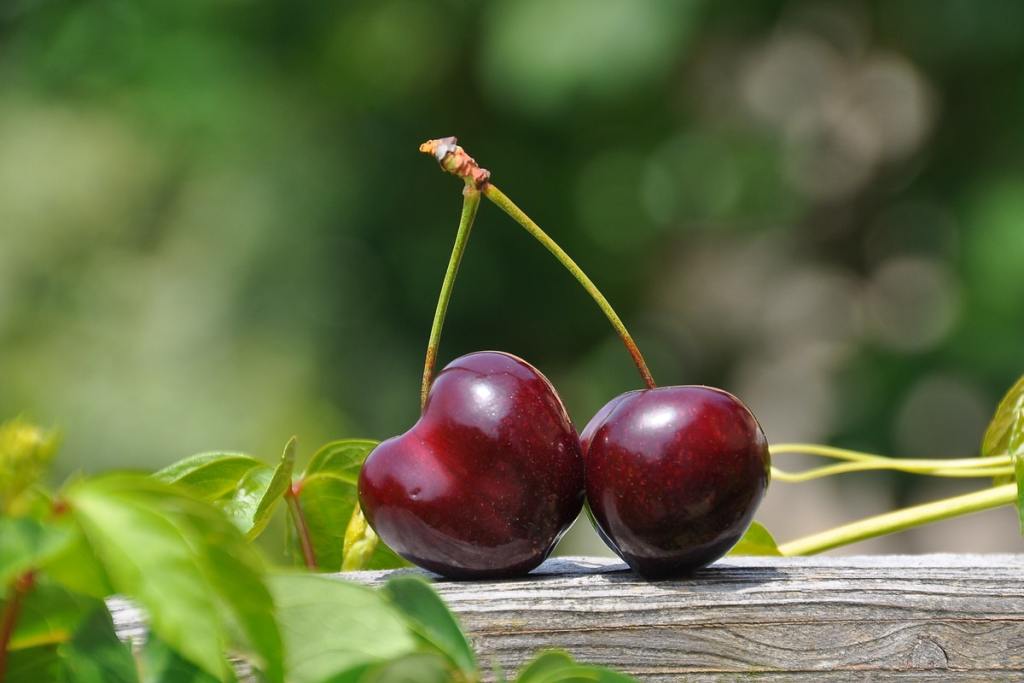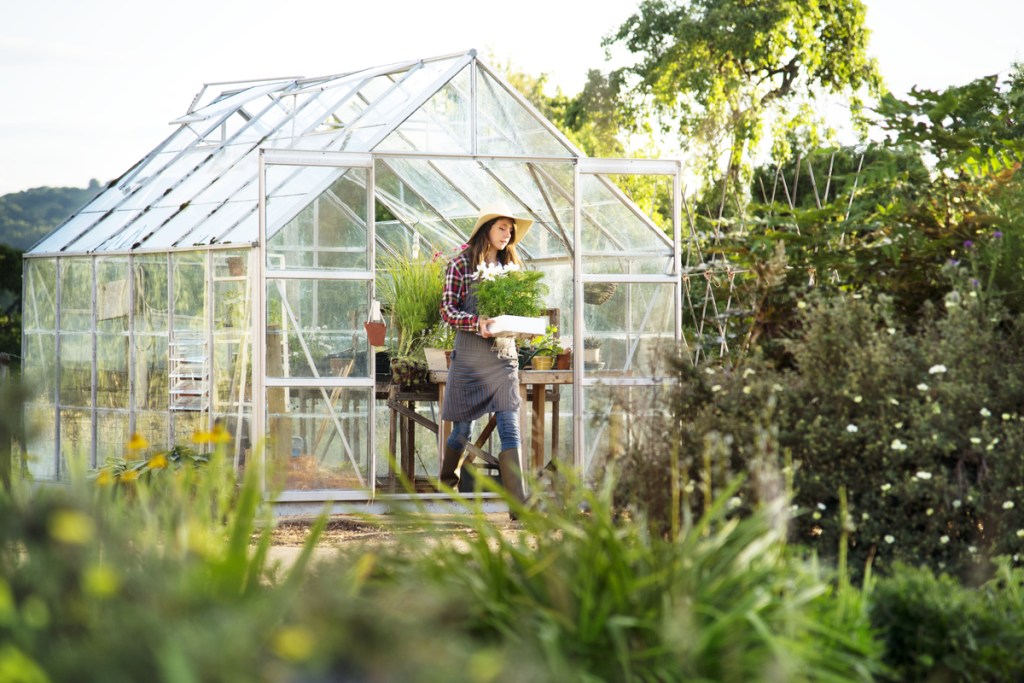A climate zone 3 garden can be a challenge to maintain. Zone 3 winters can reach well below subzero temperatures, and with the cold also comes harsh freezes, high winds, and dry air. But planting a thriving summer garden in this region is possible, and you can take protective measures that don’t involve keeping your plants inside at all times. If you’re a zone 3 gardener, here are the most suitable plants for your region and tips on how to safeguard them against extreme weather.

Where is zone 3?
First and foremost, let’s get into the nitty-gritty of what a climate zone is. Essentially, the United States Department of Agriculture (USDA) has divided the country into 13 climate zones based on annual minimum temperature ranges. Zone 1 faces the coldest winters, while zone 13 experiences the warmest ones. On store labels, plant retailers will often indicate the zone range where a plant is perennial — that is, where it can enjoy more than one growing season.
Zone 3 falls on the colder side of the USDA Plant Hardiness Zone Map, consisting of parts of northern states, Canada, and Alaska. Not only does zone 3 face subzero temperatures, but it can experience temperatures well below freezing with a minimal range between minus 40 and 30 degrees Fahrenheit. With a short growing season, it also faces the issue of limited light, which makes it hard for plants to grow. Not all hope is lost for gardeners in zone 3, however. With plant protection and frost monitoring, you can extend the limited growing season from May through October.

Flowers and foliage to grow in zone 3
You can play around with annual flowers in zone 3 that will adjust to the climate zone’s short growing season. Annuals are, of course, the opposite of perennials; they only last one growing season in a given area. Though annuals go to seed, you’ll still be able to enjoy flowers during the summer months — keep in mind that some blooms may mature sooner, so you can enjoy them just a little longer. Examples of such flowers include begonias, wishbone flowers, petunias, and poppies. Many annual flowers can live through light frosts, but they won’t tolerate hard freezes.
As for perennials, some flowers can power through intense zone 3 conditions. Consider furnishing garden landscapes with picks such as lupine, hollyhock, foxglove, peonies, and periwinkle. For fresh green foliage, incorporate climate zone 3 plants such as green ash, Norway Spruce, balsam fir, and Japanese banana trees.

Fruits to grow in zone 3
Fruit varieties with a long chill requirement can do well in zone 3. When tree shopping for fruits, consider cherry, apricot, plum, and pear trees. In zone 3, it’s best to choose varieties that mature earlier so that you won’t have to worry about early frosts. When shopping for fruit trees, check out local sellers who know the ideal varieties for your region or look online for retailers who specialize in short growing seasons. In zone 3, mulching and staking are of the utmost importance to ensuring your tree’s survival — you’ll be protecting them from harsh frosts and high winds with these measures.

When to start seeds in zone 3
Zone 3 features a short growing season. Its final frost date usually falls in mid-May and its first frost date falls in mid-September. Gardening is usually reserved for the summer months, and extending the growing season can be rather challenging. Extreme cold is a major issue. Row covers, greenhouses, mulch, and frost blankets can all help when it comes to protecting your crops from the cold. Also, don’t forget to address high winds and dry air — protective covers and greenhouses can work, but simply keeping your plants in containers that can be transported indoors is an easy solution, too.
When choosing vegetables to grow in this area, pick veggies that mature quickly so that they can survive the frost. Asparagus, cucumber, celery, and summer squash can all thrive in zone 3. Root vegetables, such as carrots, beets, and turnips can also muster through low zone 3 temperatures. Between June and September, it’s also possible to grow leafy greens such as lettuce, spinach, and kale. For plants that may need a longer turnaround time to go from seed to harvest, try aeroponics to speed up the process.
Setting up a zone 3 garden can come with many challenges as you battle the elements, but it can be a rewarding process if you play your cards right. Plan ahead for everything from lush peonies to hardy root vegetables. With mulching, staking, covering, and maybe even greenhouse-building, you can have healthy crops for a good part of the year.
Editors' Recommendations
- Focus on color: Bring some sunshine to your garden with these orange plants
- Do you live in climate zone 2? Here’s what you need to know
- Trying to beat the cold? Here are our favorite frost-resistant plants for any climate
- 7 easy patio plants that will thrive into the cold winter months
- Focus on color: Red plants that will bring a festive vibe to any home or garden




